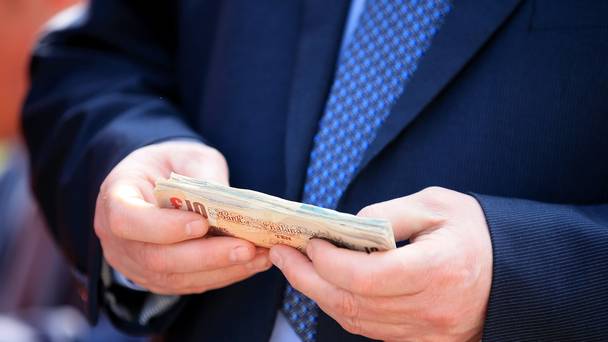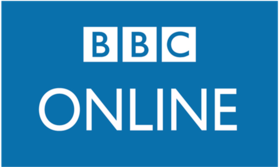‘World’s richest 1% get 82% of the wealth’, says Oxfam


The gap between the super rich and the rest of the world widened last year as wealth continued to be owned by a small minority, Oxfam has claimed.
Some 82% of money generated last year went to the richest 1% of the global population while the poorest half saw no increase at all, the charity said.
Oxfam said its figures – which critics have queried – showed a failing system.
It blamed tax evasion, firms’ influence on policy, erosion of workers’ rights, and cost cutting for the widening gap.
Oxfam has produced similar reports for the past five years. In 2017 it calculated that the world’s eight richest individuals had as much wealth as the poorest half of the world.
This year, it said 42 people now had as much wealth as the poorest half, but it revised last year’s figure to 61. Oxfam said the revision was due to improved data and said the trend of “widening inequality” remained.
‘Unacceptable’
Oxfam chief executive Mark Goldring said its constant readjustment of the figures reflected the fact that the report was based “on the best data available at the time”.
“However you look at it, this is an unacceptable level of inequality,” he said.
Oxfam’s report coincides with the start of the World Economic Forum in Davos, a Swiss ski resort. The annual conference attracts many of the world’s top political and business leaders.
Inequality typically features high on the agenda, but Mr Goldring said that too often “tough talk fades away at the first resistance”.
It’s really hard working out how much wealth the super-rich and the very poor have.
The super-rich tend not to publicise their worth and many of the world’s poorest countries keep poor statistics.
To illustrate that, this time last year, Oxfam told us that eight individuals have as much wealth as the poorest half of the world’s population. Now it has revised that figure to 61 people for last year, falling to 42 people this year – that’s a pretty big revision.
And there are other caveats around the data on which all this is based, such as that the people on the list with the lowest wealth are not necessarily poor at all – they may be highly qualified professionals with large amounts of student debt, for example, or people with high incomes but enormous mortgages.
But whether it’s eight people, 42 people or 61 people who have the same wealth as half of the world, there is still great wealth inequality around the world, which is the message Oxfam is taking to Davos.
The charity is urging a rethink of business models, arguing their focus on maximising shareholder returns over broader social impact is wrong.
It said there was “huge support” for action with two thirds (72%) of 70,000 people it surveyed in ten countries saying they wanted their governments to “urgently address the income gap between rich and poor”.
But Mark Littlewood, director general at free market think tank The Institute of Economic Affairs, said Oxfam was becoming “obsessed with the rich rather than the poor”.
“Higher taxes and redistribution will do nothing to help the poor; wealth is not a fixed pie. Richer people are also highly taxed people – reducing their wealth won’t lead to redistribution, it will destroy it to the benefit of no one,” he added.
It was a criticism echoed by Sam Dumitriu, head of research at another free market think tank – the Adam Smith Institute – who said the charity’s inequality stats “always paint the wrong picture”.
“In reality, global inequality has fallen massively over the past few decades.
“As China, India and Vietnam embraced neoliberal reforms that enforce property rights, reduce regulations and increase competition, the world’s poorest have received a massive pay rise leading to a more equal global income distribution.”
Oxfam’s report is based on data from Forbes and the annual Credit Suisse Global Wealth datebook, which gives the distribution of global wealth going back to 2000.
The survey uses the value of an individual’s assets, mainly property and land, minus debts, to determine what he or she “owns”. The data excludes wages or income.
The methodology has been criticised as it means that a student with high debts, but with high future earning potential, for example, would be considered poor under the criteria used.
But Oxfam said even if the wealth of the poorest half of the world was recalculated to exclude people in net debt their combined wealth was still equal to that of just 128 billionaires.
